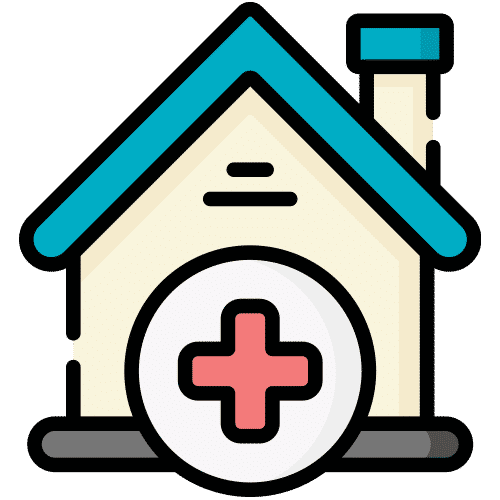Acute/Inpatient Rehab
The acute rehab setting is a great time to get started with high-tech AAC. Although some SLPs are hesitant to try AAC too soon, research shows that introducing AAC as soon as possible provides multiple benefits. AAC addresses immediate communication needs while simultaneously working on enhancing abilities. Furthermore, early introduction of AAC can reduce the stigma and sense of permanence surrounding AAC (Dietz, Wallace, & Weissling, 2020). A physical therapist wouldn’t wait to give a patient a walker, and SLPs shouldn’t wait to give their clients a way to communicate.
To make the most of your time, it can be helpful to have an AAC device available. Members of the Lingraphica Certification Program can keep a device on hand – meaning you can get started with AAC right away. Regardless of whether you already have a device on hand or we need to ship one to you, you can get started on a device trial to give your patients a way to communicate as soon as possible. If your patient is discharging and you’re not quite ready to make a decision, Lingraphica will follow the patient to their next SLP to continue the device trial.
Acute rehab is also a great setting to take advantage of your interdisciplinary team members. Incorporate vocabulary in the device for your patients’ other therapies, and ask your colleagues to encourage the patient to use the device during treatment for maximum carryover.





